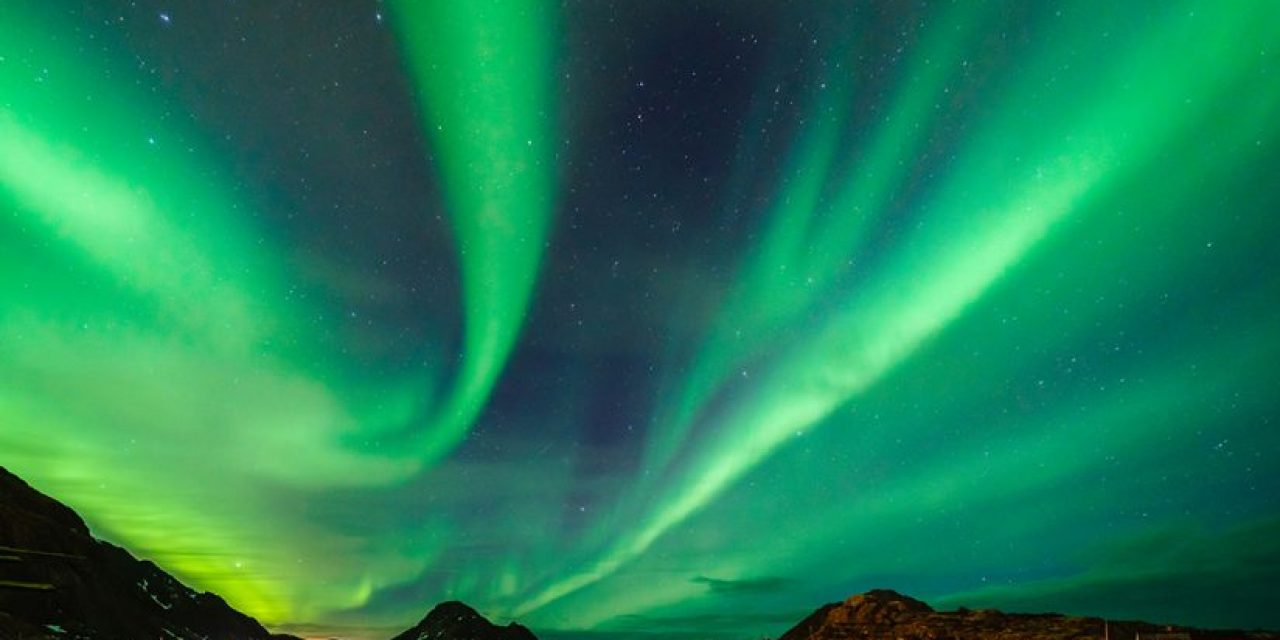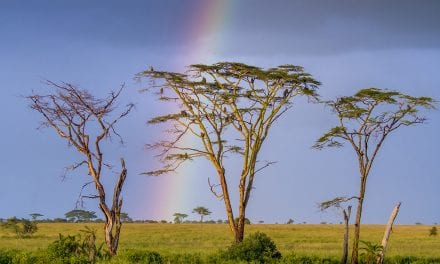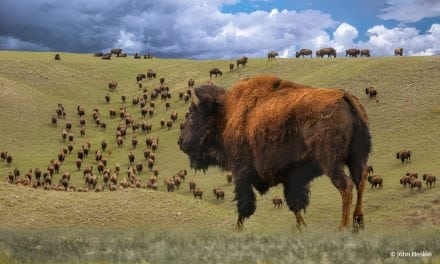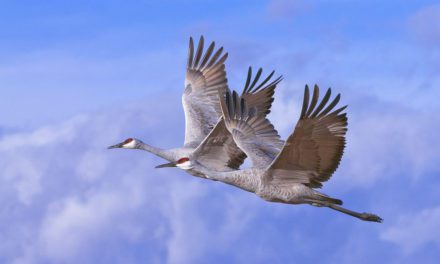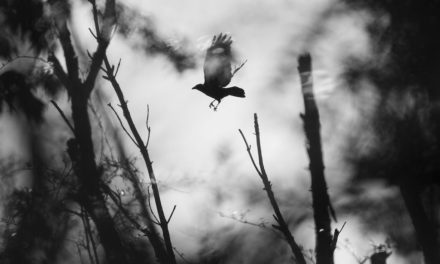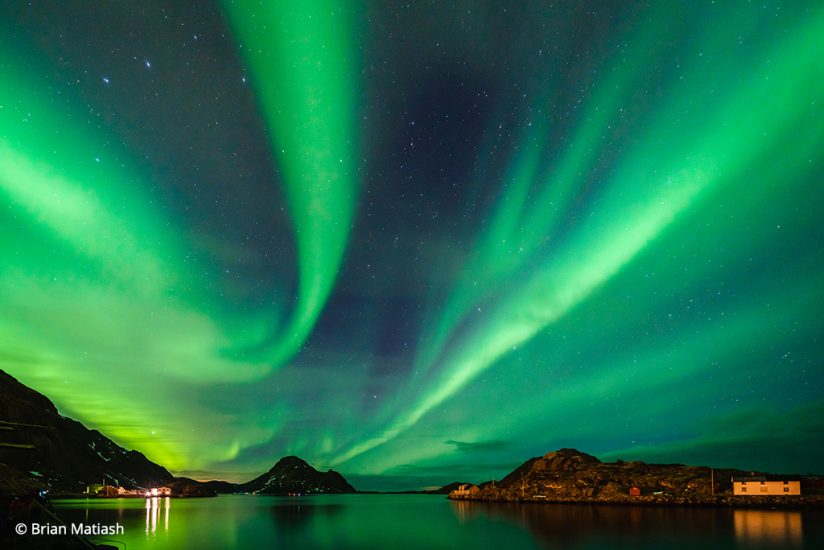
Of all the naturally occurring phenomena that one could photograph, aurora photos are perhaps the most awe-inspiring. It’s even more impressive when you get a better idea of what this natural light show is all about and where it occurs. In the most basic sense, the aurora is a natural event that occurs when electrically charged, gaseous particles released by our sun hit our planet’s atmosphere. The variance in colors that you’ll see dancing in the sky change based on the types of particles that hit our atmosphere. On top of that—and contrary to popular belief—this brilliant spectacle isn’t only visible from overly-touristed winter destinations like Iceland and Norway. In fact, you can see the aurora quite readily in both the northern and southern hemispheres. The “northern lights” are referred to as Aurora Borealis, whereas the “southern lights” are referred to as Aurora Australis.
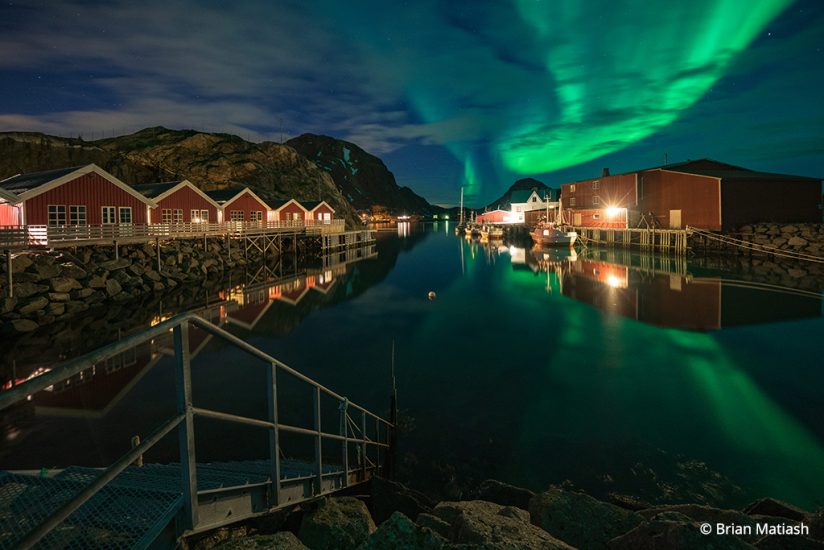
Location & Weather For Aurora Photos
There are a number of factors that you will be best off researching and paying attention to whenever you intend on photographing the aurora. First and foremost is that you need to be at a location where this event can be visible. The further north or south you go towards the planet’s respective poles, the greater your chances are of seeing the lights. However, being present doesn’t guarantee a light show. You’ll also need a clear, or partly clear, sky. If you get skunked out with a “socked-in” sky, you won’t have much success. With that said, I find that having some clouds adds a lot to my compositions, as they provide a layering effect and contrasting element to the lights and stars.
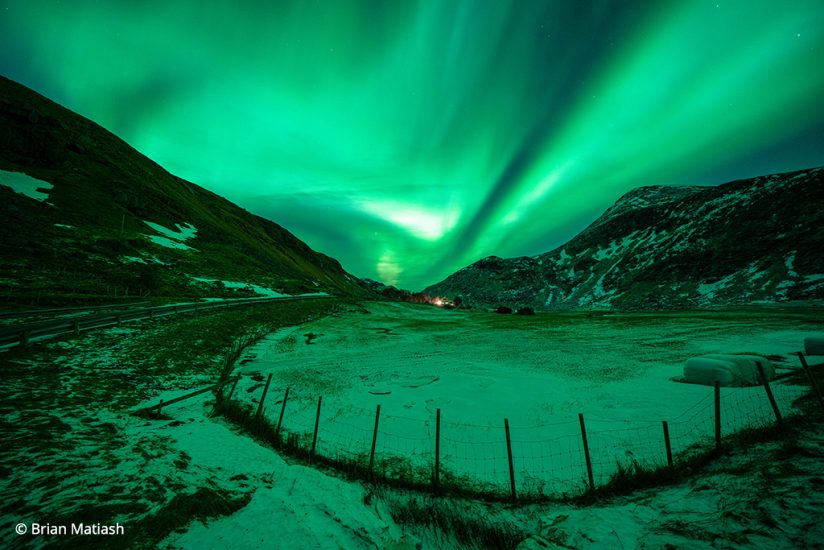
Timing
A few additional things to know is that not all aurora light shows are created equally, nor do they run on a set schedule. Just because you take that flight to Iceland and find a beautiful location with a clear sky does not guarantee you a light show. One of the most important factors to consider is the geomagnetic activity level, represented by a KP number, at or around a particular time of night. The higher the KP number, the crazier the light show. Anything above (and including) Kp5 is classed as a geomagnetic storm, and in that event, the sky will light up so brightly, you’d think the sun turned green.
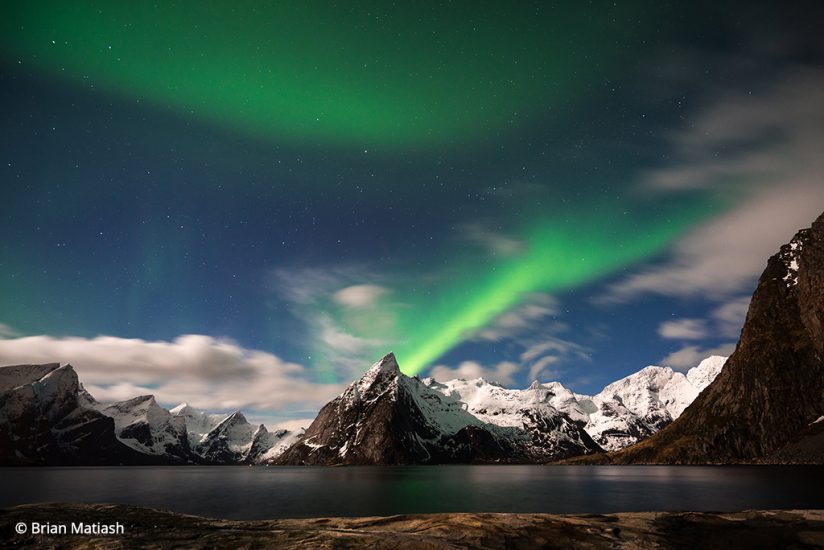
Exposure
One final thing to consider is that there aren’t many rules to follow when it comes to exposing for the aurora. These light shows vary by the second and you may find that one exposure required 30 seconds and the next one only required 2 seconds. Keep a close eye on your camera’s meter because it’s very easy to blow out your photo even though it may seem like it’s very dark outside.
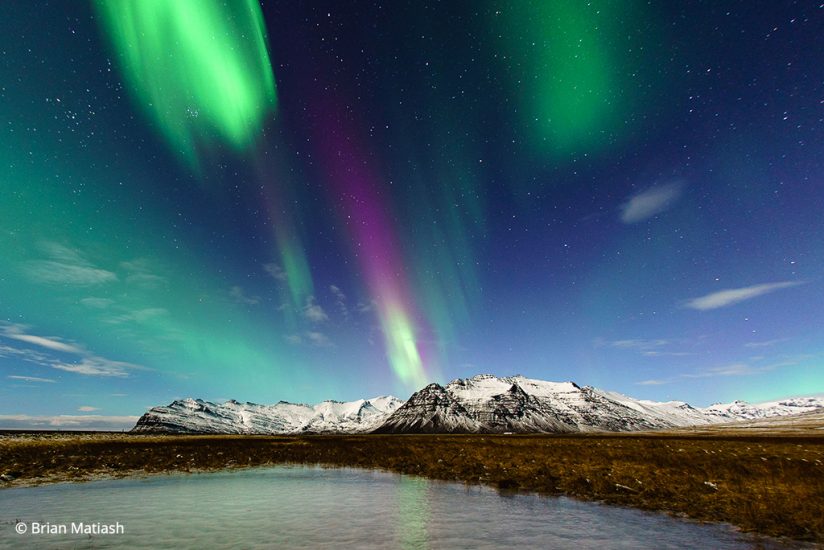
When framing your shots, it also helps to have some foreground elements in your aurora photos. They provide a sense of place and depth for your viewer, and will ultimately lead to a more interesting photograph.
Finally, lest you need to be reminded, don’t forget that tripod!
See more of Brian Matiash’s work at matiash.com.
The post Tips For Great Aurora Photos appeared first on Outdoor Photographer.

